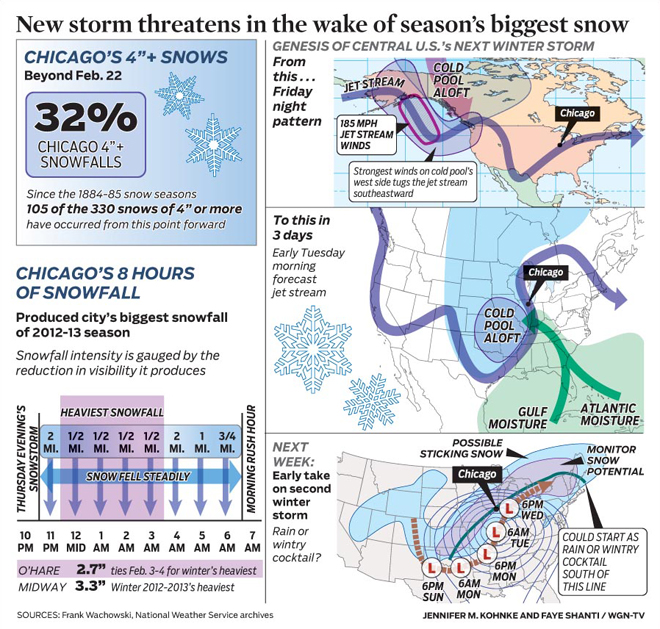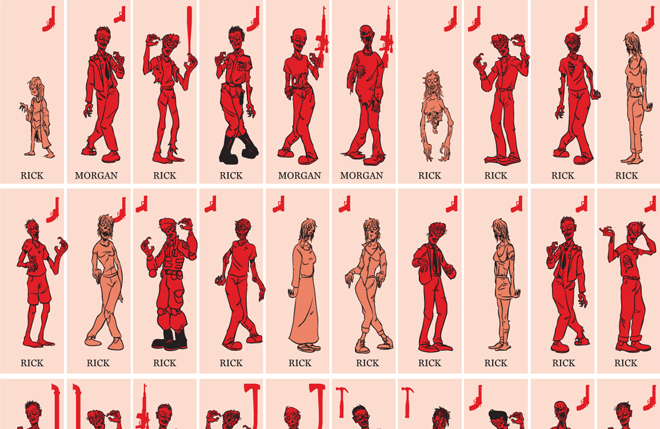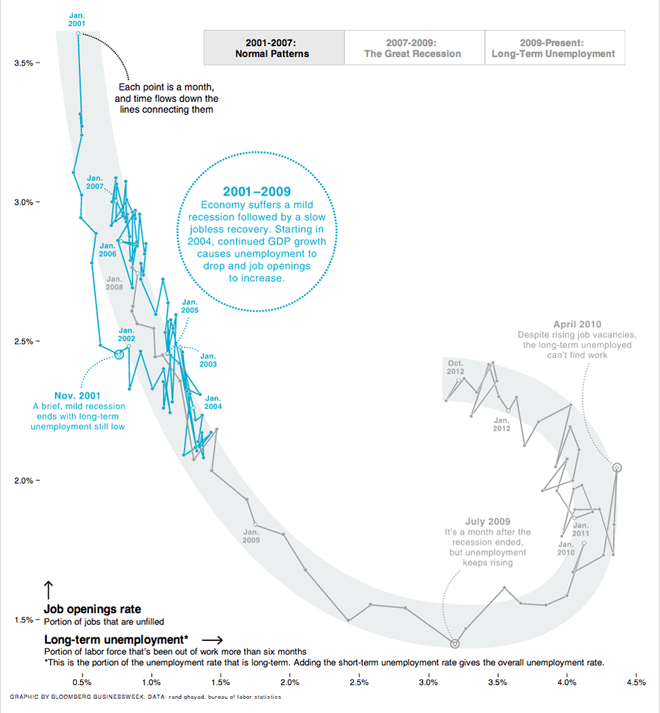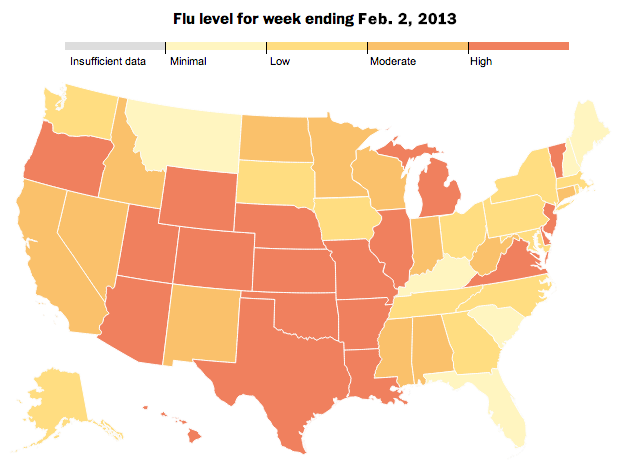First things first, the verb is to sequester. The noun is sequestration. 1 March is not when the sequester begins. It is when the sequestration begins.
Now that we have the preliminaries out of the way, much is made of high government spending relative to revenue. However, this conversation still misses the point that government spending has fallen significantly. The New York Times charted that recent fall in spending in this graphic. This contraction is the largest drop in over 50 years. Along with the bars indicating recessions, I perhaps would have indicated major US military conflicts given the emphasis the introduction places on those events.

The piece also looks at government employment, which has been atypically lower than pre-recessionary figures. Taken in sum, the two sets of data point to an extant condition of austerity that shall only be worsened by…c’mon everyone…that’s right, the sequestration.
Credit for the piece goes to Alicia Parlapiano.











